Before the Roman Era, Knossos was the most significant city on Crete and the hub of the first remarkable European civilization, the Minoan. The city’s palace is the most frequented archaeological site in Crete, attracting over 1,000,000 visitors annually. Situated just 5km south of Heraklion on hill Kefala near the banks of Knosano Gorge, it can be reached via Knossos Avenue, which connects Heraklion with Skalani village. Besides the palace itself, the area is filled with numerous other archaeological discoveries, which is understandable given that Knossos was a town with a population exceeding 100,000 people. The palace served as the residence of the legendary King Minos and is linked with famous Greek myths such as Daedalus and Icarus, the Labyrinth, and the Minotaur.
From the Neolithic era to the early Byzantine era, the palace of Minos was at the heart of Knossos, consistently involved in Crete’s historical events. The earliest signs of habitation date back to the Neolithic period (7th-4th millennium BC). The site was occupied until 1900 BC when the old structures were demolished to make way for a larger palace.
This new palace covered an area of 22 acres and was seemingly destroyed by an earthquake in 1700 BC. The most magnificent Minoan palace ever was built on the site of the old palace. In 1600 BC, an earthquake caused significant damage, which was quickly repaired with the addition of several new buildings. This specific palace version is the main one we see today at the archaeological site of Knossos. In 1450 BC, the palace suffered catastrophic damage caused by either an earthquake or a tsunami resulting from the eruption of the Santorini volcano. When the Achaeans arrived in Crete (1350 BC), the palace was destroyed forever. However, the city of Knossos continued its history until 500 BC.
For several centuries after the destruction of Minos Palace, Knossos remained the most powerful city on Crete. It competed with other Cretan cities, such as Gortys (the next capital of Crete during Roman times) and Lyttos. In 221-219AD, Knossos waged war against Lyttos and destroyed it while its men were away on another campaign. Gradually, Gortys increased its power and became the new capital of Crete.
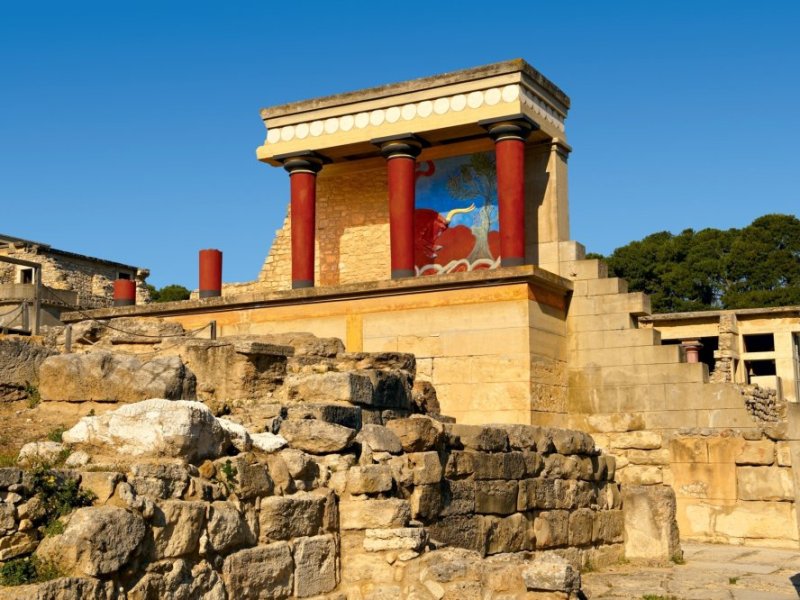
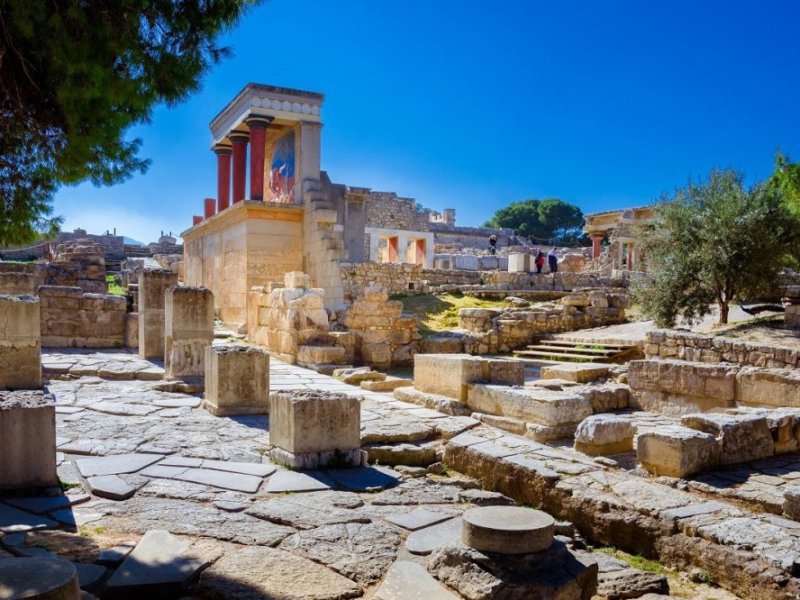
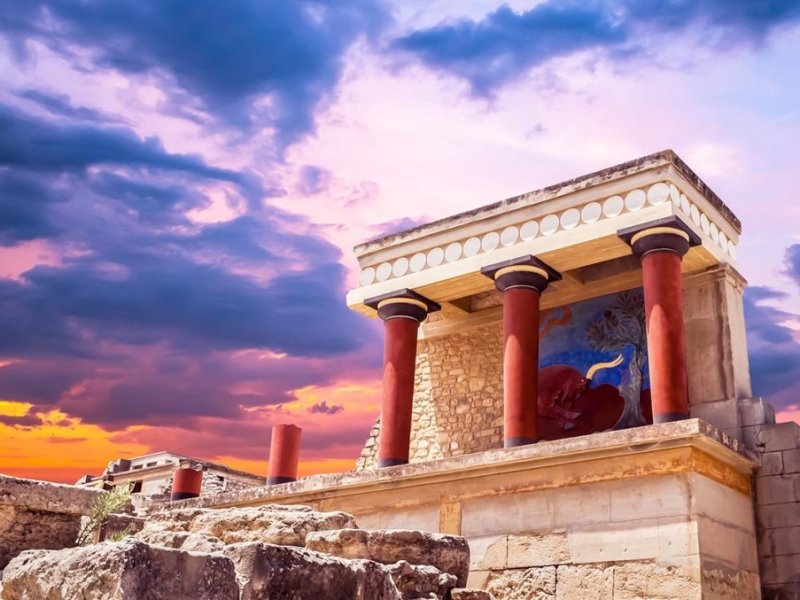
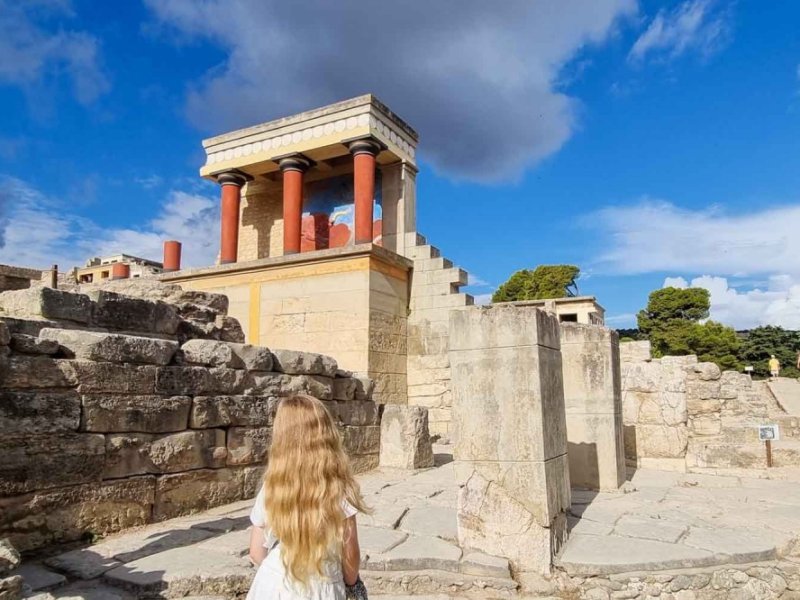

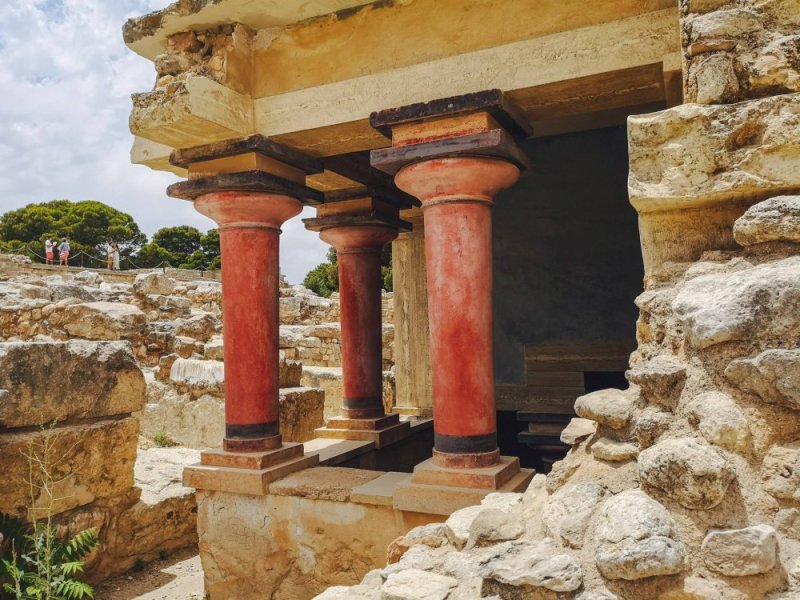

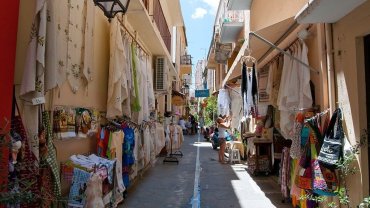
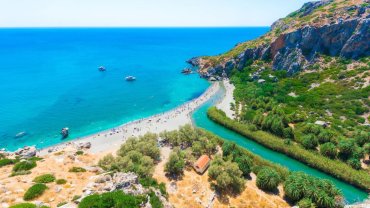

Comment (0)